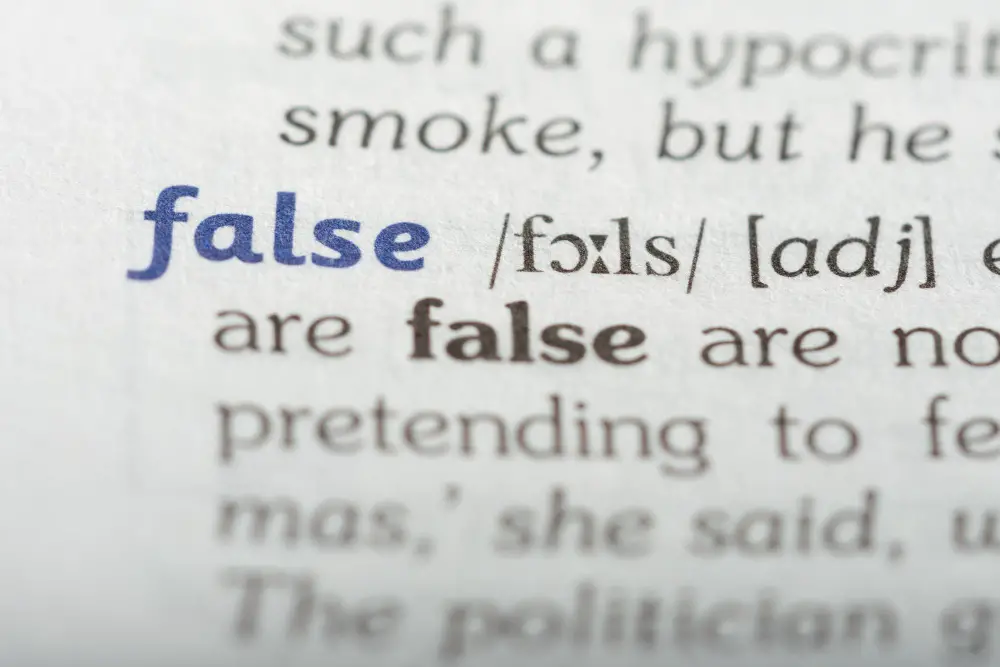Lexical refers to words and their meanings within a language, while semantic pertains to the meaning and interpretation of words and their relationships.
TL;DR Lexical Vs. Semantic
Lexical refers to the literal or dictionary definition of a word. It focuses on the individual words themselves, their spelling, pronunciation, and grammatical properties. Lexical knowledge helps us identify words and understand their basic meanings.
Semantic relates to the deeper meaning behind words or phrases. It involves analyzing how words are used in different contexts and associations with other concepts. Semantic knowledge enables us to comprehend nuances, infer intentions, and interpret figurative language.
Defining Lexical

When it comes to language, the lexical aspect refers to the individual words or units that make up a language. Think of it as the building blocks of communication. Lexical elements encompass everything from nouns and verbs to adjectives and adverbs. These are the tangible bits and pieces that we string together to convey meaning.
For example, in the sentence “The cat is sleeping”, each word – “the,” “cat,” “is,” and “sleeping” – represents a lexical unit. They hold specific meanings on their own and contribute to the overall message being conveyed.
Lexical items also include phrases or compound words like “ice cream” or “runaway.” They have distinct meanings and can be broken down into smaller units if needed for further analysis.
Understanding lexical elements is crucial for comprehending language at its most basic level. It allows us to identify components, categorize them based on their grammatical roles, and decipher their individual contributions within a sentence or phrase.
So, while defining lexical may seem straightforward at first glance, its significance in our ability to communicate effectively cannot be overstated.
Defining Semantic

Semantic refers to the meaning or interpretation of words, phrases, or symbols within a particular context. It is concerned with how language conveys and represents knowledge and understanding. In other words, semantic analysis focuses on the deeper meaning behind linguistic expressions.
Semantic involves examining the relationships between words and their meanings in order to understand how they contribute to overall understanding. This includes analyzing concepts such as synonymy (words with similar meanings), antonymy (words with opposite meanings), hyponymy (hierarchical relationships between words), and polysemy (words with multiple meanings).
Furthermore, semantic analysis also takes into account the role of pragmatics – how language is used in specific situations or contexts. It considers factors such as speaker intent, cultural influences, and social norms that can affect meaning.
Semantic analysis goes beyond simply looking at individual lexical items; it aims to uncover the underlying significance and associations that give language its depth and richness of expression. By studying semantics, linguists gain insights into how humans communicate thoughts, emotions, intentions, and ideas through language.
Lexical Vs. Semantic – Key differences
| Aspect | Lexical | Semantic |
|---|---|---|
| Focus | Focuses on individual words and their properties, such as spelling, pronunciation, and meaning | Focuses on the meaning and interpretation of words, including their relationships and context |
| Scope | Primarily deals with the vocabulary and word structures of a language | Concerned with how words convey meaning and how they interact in sentences and discourse |
| Units of Analysis | Analyzes individual words, their forms, and how they are used in isolation | Examines the meaning of words, phrases, and how they contribute to the overall meaning of sentences and texts |
| Example | Studying the definitions and pronunciations of words in a dictionary | Analyzing how word choice and context convey different shades of meaning in a sentence |
| Applications | Useful for language learners, lexicographers, and those interested in word properties | Relevant for linguists, semanticists, and those studying language comprehension and meaning |
| Subfields | Lexicology and lexicography are subfields related to lexical analysis | Semantics is the subfield dedicated to studying the meaning and interpretation of language |
| Scale | Typically deals with individual words or small word groups | Addresses meaning at various linguistic levels, from words to entire texts |
| Interdisciplinary | May involve linguistic disciplines like phonetics, phonology, and morphology | Interacts with syntax, pragmatics, and discourse analysis to understand meaning in context |
Image Credits
Featured Image By – fabrikasimf Freepik
Image 1 By – fabrikasimf on Freepik
Image 2 By – fabrikasimf on Freepik








